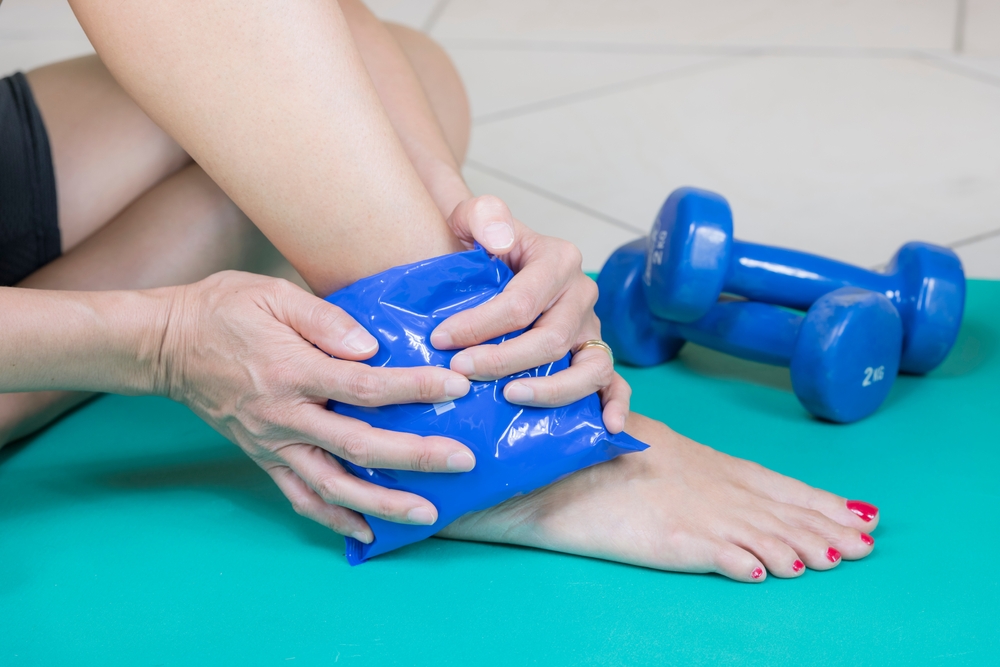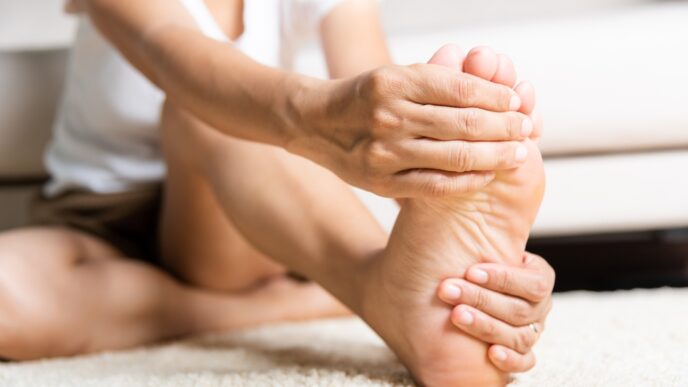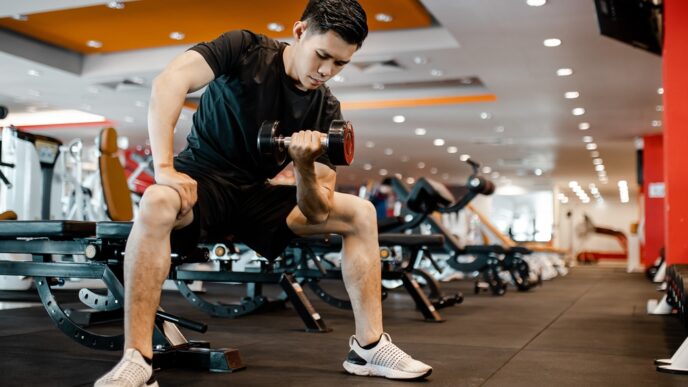Are you confused as to why does one injury needs ice while another needs a warm compress? Perhaps you are puzzled why each is applied at certain times during physiotherapy sessions, and not the other. Dr Au Yong Pui San explains when you should apply warm and cold therapy for sports-related injuries.
WORDS DR AU YONG PUI SAN
 FEATURED EXPERT FEATURED EXPERTDR AU YONG PUI SAN Sports Medicine Physician Hospital Tuanku Ja’afar |
Warm therapy comprises the use of:
- Warm compress
- Warm towels
- Heat-producing treatment methods
In the same manner, cold therapy includes the use of:
- Ice
- Cold compress
- Cold-producing treatment methods
WHEN TO USE A COLD PACK
A cold pack is recommended if active inflammation is present especially in acute injuries such as:
- Acute or newly occurring muscle strains or tears
- Acute ligamentous sprains or tears
- Acute flare-up of arthritic joints, such as those seen in knee osteoarthritis
- New bruising due to contusions to soft tissue
- Delayed onset of muscle soreness (DOMS)
In a nutshell, if you have any injury that causes sudden pain and there is increased warmth in the painful area, you will not go too wrong by applying a cold pack.
How the Cold Pack Works to Reduce Pain
- When a new injury occurs, the body releases inflammatory cells and chemicals that help start the healing process.
- However, swelling and inflammation can cause severe pain, making it hard to start rehabilitation or even carry out daily activities.
- Using a cold pack helps constrict blood vessels in the injured area, which reduces swelling and limits the number of inflammatory cells reaching the injured area.
- With the reduction in swelling and the number of inflammatory cells, the injured person feels less pain.
- A cold pack also to a certain degree, slows the nerve conduction of pain signals to and from the injured area to the brain, which also helps to reduce the pain.
Best Way to Use a Cold Pack
- For acute injuries or inflammations, apply a cold pack for 20 minutes and repeat every 2 hours.
- For those who are just returning to sports after an injury, it is better to use a cold pack over the previously injured region almost immediately after sports to prevent possible discomfort or swelling. The use of cold pack can be gradually reduced as participation in the sports become more regular and pain free.
- It is advisable to protect your skin with a towel before applying the ice as direct cold contact to skin can cause a phenomenon known as ice burn, which is as painful as heat burn.
WHEN TO USE A WARM COMPRESS
Warm therapy is often recommended for:
- Tight or spastic muscles
- Stiff joints – chronic arthritis (not during fare-ups)
How a Warm Compress Helps You
As long as there are no symptoms of acute injuries or inflammation, a warm compress may help reduce musculoskeletal aches and pains.
Stretches the muscle
- Muscles that are tight or affected by spasms should ideally be stretched out.
- A warm compress increases blood flow to the affected area, thus ‘warming up’ the muscle and making the stretching process much easier.
Improves blood circulation
- A warm compress helps to increase blood circulation to stiff joints and the surrounding muscles.
- It also eases the movement of the joints for easier and more conducive physical therapy.
- This is why people living with knee osteoarthritis almost always start with applying warm towels or compresses to their knees before starting their physiotherapy sessions.
Best Way to Use a Warm Compress
- Apply a warm pack over applicable areas for 15 to 20 minutes prior to stretching tight muscles or for physical therapy in arthritic joints.
- To prevent heat burn, protect your skin with a towel.
| In short, use cold therapy for recent injuries with swelling, and warm therapy for ongoing muscle or joint aches without inflammation. |
| This article is part of our series on tips and advice for leading a healthy lifestyle. |













